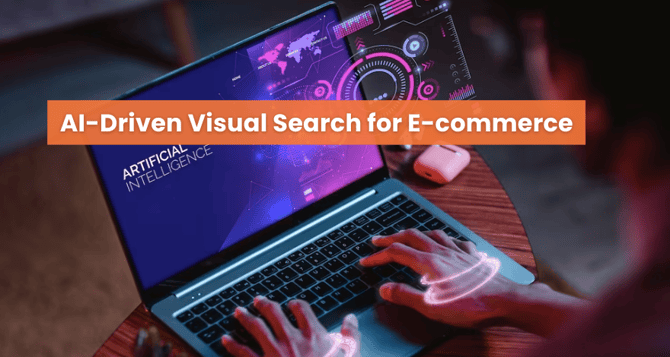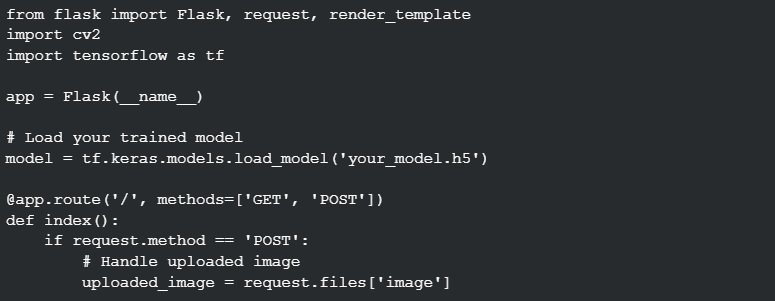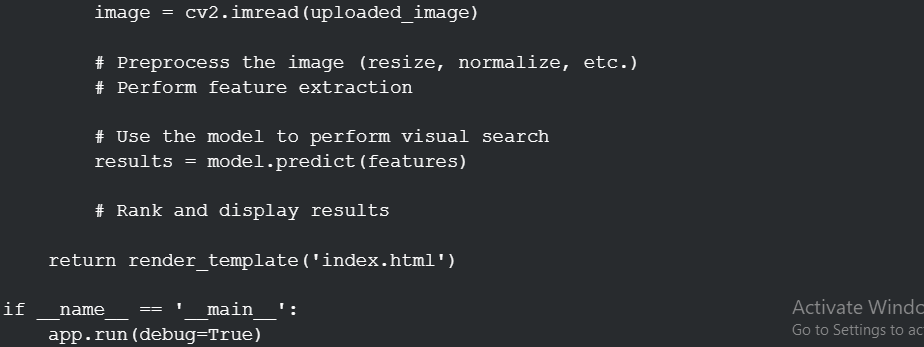AI-Powered Visual Search Transforms Online Shopping
This article explores how AI-powered visual search is reshaping the landscape of online shopping. By leveraging advanced artificial intelligence, this technology enhances the online shopping experience, revolutionizing how users discover and explore products visually.

In today's digital age, online shopping, facilitated by e-commerce giants like Amazon, eBay, and Alibaba, has become an integral part of our lives. As consumers gain access to an extensive range of products from around the world, the sheer volume can make finding the right item a daunting task. This is where AI-driven visual search, developed through services such as OpenAI development services, comes into play. It enhances online shopping, making it more convenient and efficient than ever before.
What is AI-Driven Visual Search?
AI-driven visual search is a technology that allows users to search for products using images rather than text. It enables consumers to simply take a picture of an item they like or upload an image, and then the system uses artificial intelligence algorithms to find similar products within the e-commerce platform's inventory. This technology is transforming the way we shop online by eliminating the need for text-based queries and enabling more intuitive and efficient searches.
How Does AI-Driven Visual Search Work?
AI-driven visual search relies on computer vision and machine learning techniques to analyze and understand images. Here's a simplified overview of how the process works:
1. Image Recognition:
When a user uploads an image, the system first performs image recognition. It identifies key features, such as shapes, colors, and patterns.
2. Feature Extraction:
The system extracts relevant features from the image, which are then used to create a numerical representation of the image.
3. Search and Match:
The system compares the extracted features with those of products in its database. Machine learning models are often used for this task. The system ranks the products based on similarity and presents them to the user.
4. User Feedback:
To refine the results, the system may ask for user feedback, such as selecting the most similar product from the presented options. This feedback helps improve the accuracy of future searches.
Implementing AI-Driven Visual Search with Code Snippets
Now, let's examine how to implement AI-driven visual search using Python and popular libraries like OpenCV, TensorFlow, and Flask.
Step 1: Setup:
First, make sure you have the required libraries installed:
![]()
Step 2: Model Training:
You'll need to train a neural network for image recognition using a dataset of product images. Consider using a pre-trained model for faster results.


Step 4: Create a User-Friendly Interface:
Design a user-friendly web interface using HTML, CSS, and JavaScript to allow users to upload images and view search results.
Step 5: Deployment:
Deploy your Flask application on a web server or cloud platform to make it accessible to users.
Conclusion
AI-driven visual search is transforming the e-commerce landscape by simplifying the way consumers find products online. Implementing this technology requires a combination of image recognition, machine learning, and web development skills.
Empower Your Innovation Journey with AI
From concept to deployment, we bring your vision to life through advanced AI development. Reach out to our experts to discuss your project!
By following the steps and code snippets outlined in this article, you can create your own AI-driven visual search solution and enhance your customers' shopping experience. As AI technology continues to advance, we can expect even more exciting developments in the world of e-commerce.













